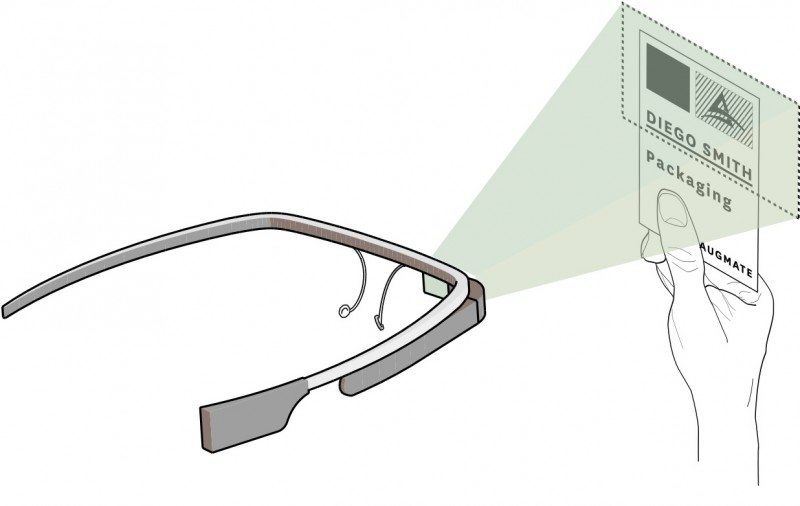Augmented Reality (AR)—a live view of a real-world situation with extra elements supplied by computer-generated sensory input—is a rapidly advancing field in high technology. Pete Wassell is the founder and CEO of Augmate, a B2B augmented reality enterprise that is on the cutting edge of AR.
Augmate has developed a unique form of digital eyewear aimed at enhancing user experience for employees who do hands-on work. This new AR technology means that workers can access a wide range of information through the Internet without being tethered to a desktop computer or laptop, because the digital information is right there before their eyes wherever they go.
“This is an enterprise software to digital eyewear with diagnostics and we build those screens to make workers really more efficient. Our solutions are for deskless workers, therefore the warehouse picker, the guy on the assembly line, the construction site, these are people who traditionally didn’t have access to this information,” Wassell explains.
One of the main advantages of this technology is an increase in efficiency. Because workers have the information directly in front of them as they need it, they do not have to waste time searching for it, so tasks can be completed in much less time.
“There is upwards of an extra 30 percent efficiency of time on task when information is within your field of view. So for example, let’s say a warehouse picker, we’ve got the ability to create an order in someone’s field of view, where they have a number of items to pick within a warehouse and then the worker can get a map of the indoor location of where those items are and pick up each one of those items and check the barcode to make sure there’s a one-to-one match to the item that came in through the web. There’s not only efficiency but an order of accuracy,” Wassell says.
This immersive Internet experience has far reaching potential within the B2B world across many verticals, such as aerospace and automotive, and just about any industry that uses warehousing. Wassell points out another area where Augment’s technology can come into play is in employee training. In this scenario, AR is of particular use when a company wants their workers to follow particular standard operating procedures, or when they are using equipment that is dangerous, delicate or expensive. It is also valuable if there are a number of instructions that the company wants that worker to follow in a particular order, and when each worker is required to sign off each one of those instructions. AR allows the employee to be logged into the system directly, so the company can see who is logged in and can monitor the specific stages of training and performance.
Such AR applications may also be used to monitor equipment by sensing attributes, such as temperature and function. This would alert employees of malfunctions immediately, preventing unnecessary downtime and loss of revenue due to equipment failure.
The current generation of AR is focused on providing simple and easy to follow information as needed by workers, but interest in field-of-view AR is rapidly growing in other industries. And in the not too distant future, advances may provide more sophisticated applications. Digital eyewear such as Augmate has a screen that is anchored to the user’s field of vision, which means wherever they look, the information is in front of them. In the future, according to Wassell, “as the interfaces become more powerful and the cameras are a little bit better, you have the capability to attach virtual information to physical world objects.” This means that doctors may even be able to perform augmented surgeries, using AR to provide information about the patient they are working on and the type of procedure they are using.
Augmented reality has the potential to change not only the way we work but the way we live our lives. Applications already exist to help AR users navigate through geographic locations and explore urban areas, provide information about exhibitions at galleries and museums, browse and shop at virtual stores, and redesign their home, and this is just the beginning of a limitless journey into virtual enhancements.
Click here to listen on Libsyn.
Image credit: Augmate



















